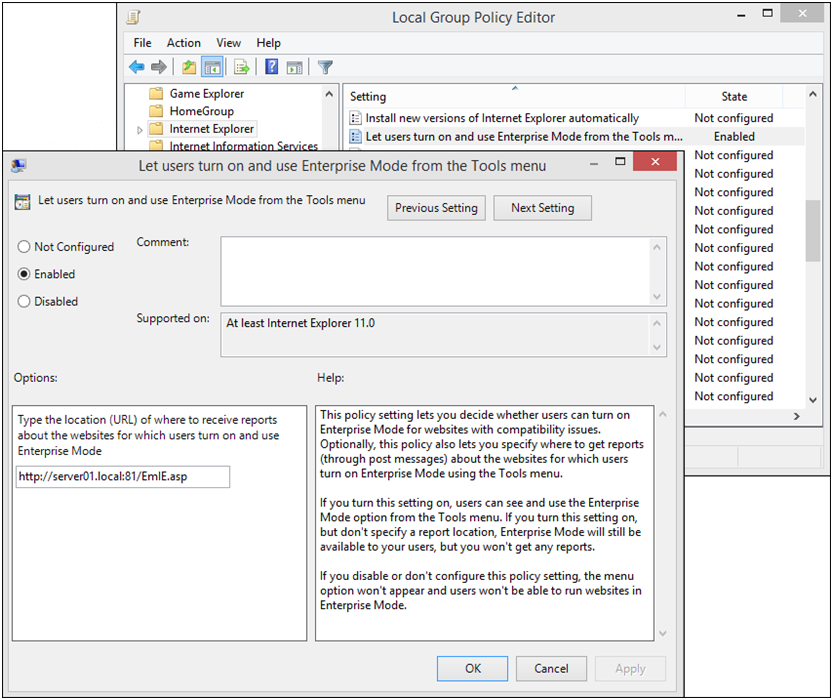

You can use Siebel-provided controls but cannot modify them. However, you can add controls of your own and use the underlying Siebel infrastructure to push them over to the client. Key ActiveX controls used by Siebel are below -įind all Siebel ActiveX controls in the product documentation. The refresh of ActiveX controls in those cases is automatic.

Once downloaded ActiveX controls stay active unless they become invalidated by a newer version, or until they become corrupt (thereby requiring a re-download). The server could make use of the liberal privileges of ActiveX on the user’s computer and present a better user experience. Or, you can directly look them up at “C:\Windows\Downloaded Program Files”.ĪctiveX enabled better communication between the client browser and the server. You can see ActiveX controls installed in Internet Explorer through Internet Options > General tab > Settings > View Objects.

ActiveX controls get installed in the browser container and can be used in future interactions with the same site or on different sites. They get downloaded to the local computer when users access the web page for the first time. Developers code these controls and deploy them on the server. Siebel leveraged “cool technology” of the time to accomplish this - ActiveX controls.ĪctiveX, a technology created and promoted by Microsoft, enables rich client applications. It enabled the “Siebel Web application”, which provided a centralised server accessible to clients through a standard browser. HI assured in changes to Siebel and aligned it to the web world.

Prior to v7 Siebel was a typical client/server application - you had a client installed on the user computer to connect to the server (similar to today’s dedicated client). HI was introduced back in the days of Siebel version 7 - we’re talking about early 2000’s here. Siebel High Interactivity, fondly called HI, was the default way of accessing Siebel application over the web or in offline mode - until Open UI made its debut.


 0 kommentar(er)
0 kommentar(er)
